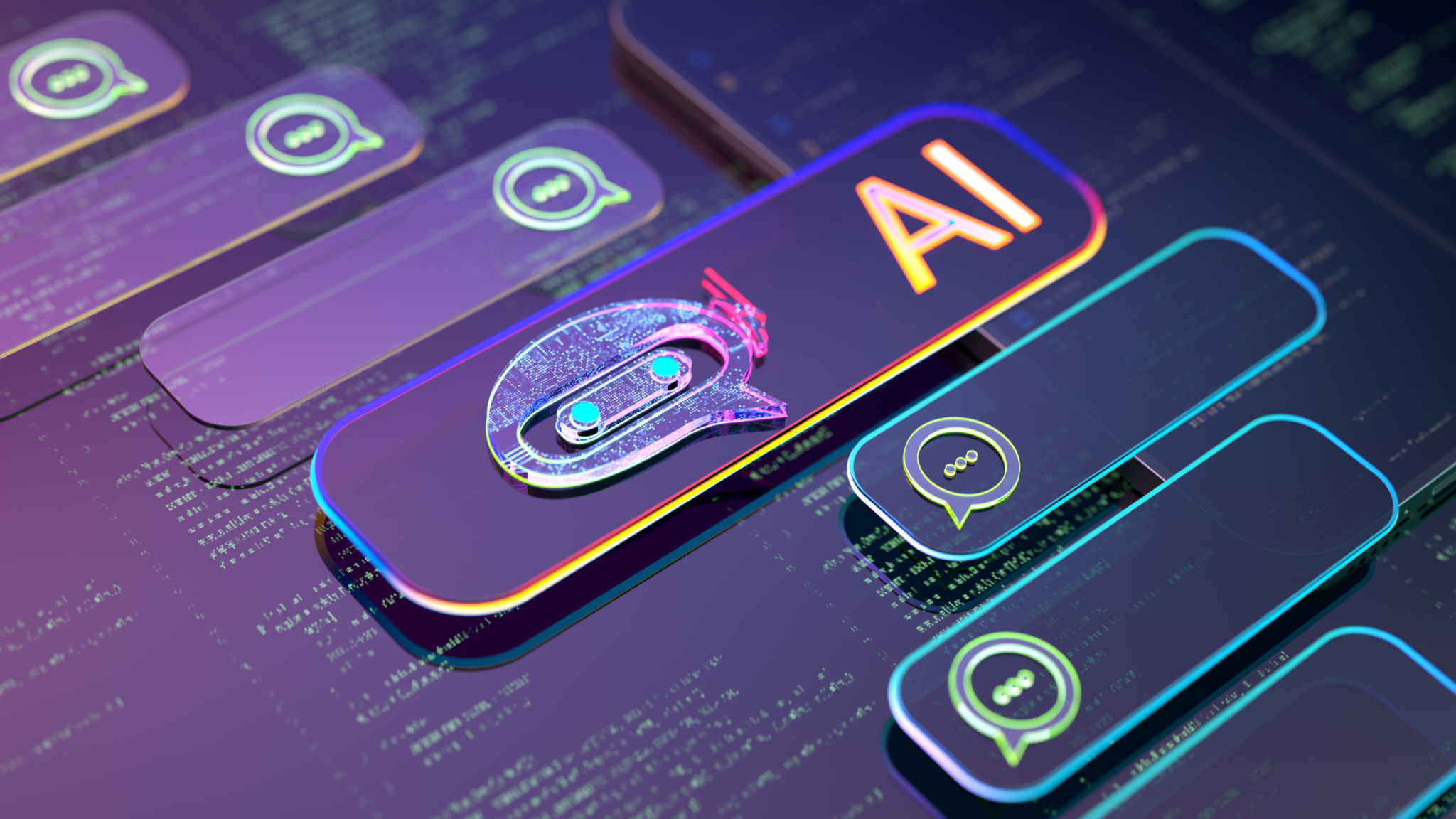Debunking Common Myths About AI Technology
DW
Understanding AI: Dispelling the Myths
Artificial intelligence (AI) is rapidly transforming industries, yet it remains shrouded in myths and misconceptions. These misunderstandings can lead to unnecessary fear and resistance to technology that has the potential to revolutionize our world. In this post, we'll debunk some of the most common myths surrounding AI.

Myth 1: AI Will Replace All Jobs
A prevalent fear is that AI will lead to mass unemployment by replacing human workers. While AI can automate certain tasks, it also creates new opportunities. According to research, AI is expected to generate more jobs than it displaces. Many industries will require new roles to manage, develop, and maintain AI systems.
AI excels at handling repetitive tasks, freeing up humans to focus on more complex, creative, and strategic work. This shift can lead to increased job satisfaction and productivity.

Myth 2: AI Lacks Creativity
It's a common belief that AI is purely logical and incapable of creativity. However, AI has been used to create art, music, and even write stories. Algorithms can analyze vast amounts of data to identify patterns and generate creative outputs that might not be obvious to humans.
While AI's creativity differs from human creativity, it can serve as a powerful tool to enhance and inspire human innovation.

Myth 3: AI is Completely Autonomous
Many people assume that AI systems can operate without human intervention. In reality, AI requires significant human oversight and input. Humans are involved in designing, training, and fine-tuning AI models. Ethical considerations and decision-making often require human judgment.
AI should be viewed as an augmentation of human capabilities rather than a replacement. The collaboration between humans and AI can lead to more effective solutions.

Myth 4: AI is Infallible
Another common misconception is that AI is always accurate and reliable. While AI can process data more quickly than humans, it is not immune to errors. AI systems can be biased if they are trained on biased data, leading to flawed outcomes.
Ensuring the accuracy and fairness of AI requires continuous monitoring and improvement. Transparency and accountability in AI development are crucial to building trust in these technologies.

Conclusion
Understanding the realities of AI is essential for harnessing its potential. By debunking these myths, we can better appreciate AI's capabilities and limitations. Embracing AI with informed optimism can lead to innovations that benefit society as a whole.